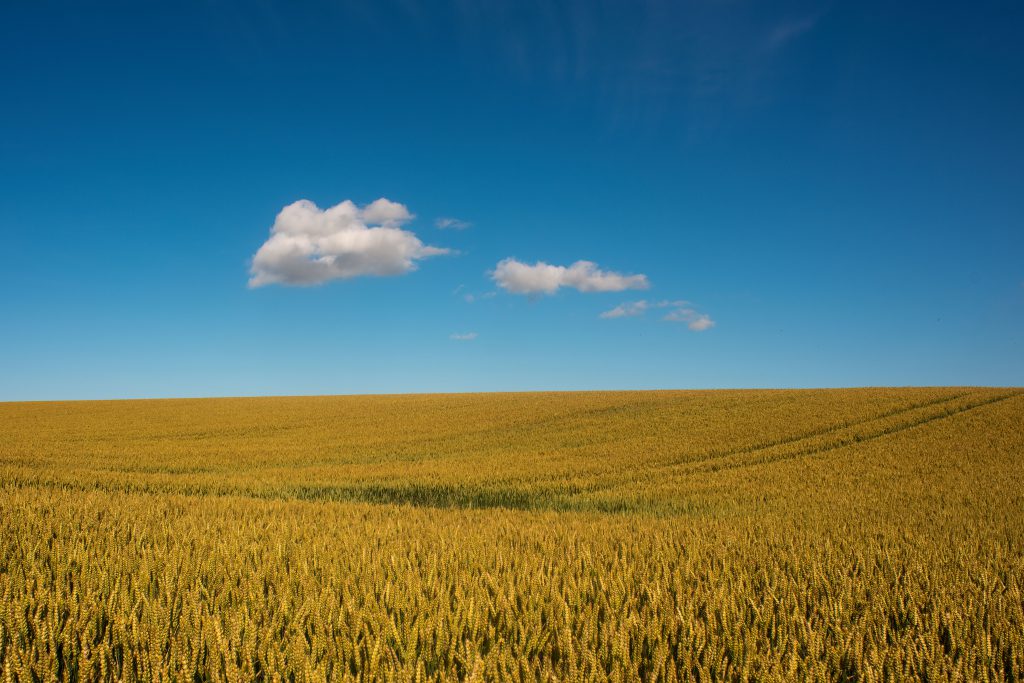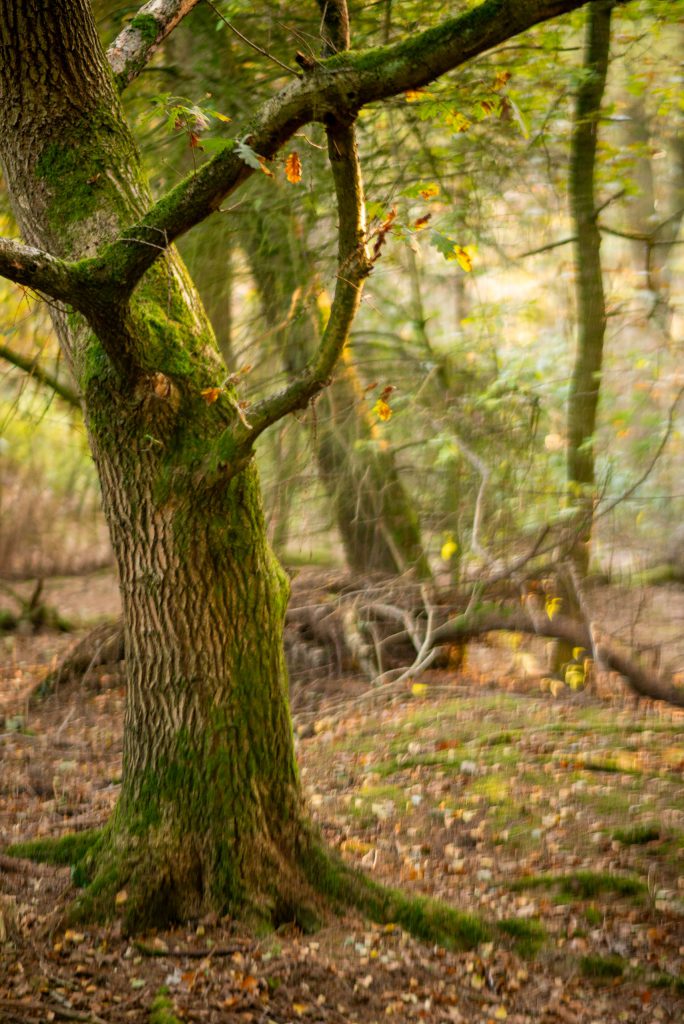This post is but a simple cautionary tale:- Beware of cheap accessories!
There are only two types of filter that I use in/on camera. The first is a “big stopper” ND1000 10-stop neutral density filter, which I occasionally use for long exposures to capture motion blur, typically that of clouds or water, over multiple seconds during daylight hours.

The second type of filter I’ll use is a circular polariser (CPL), which I use to reduce or eliminate reflections, to deepen the blue of a blue sky and to generally enhance the colours in an image. The colour effect is a bonus that I can work around in Adobe but the filter’s ability to cut reflections is essential, because it’s not something you can do at all in post.

The scenario…
I’m enjoying my new 85mm f/1.8 tremendously, especially right now with the autumn colours truly taking off and with as much sunshine as we’re getting, added to my unusually extensive time off from work (which is about to come to an abrupt end!) and I realised that one of the things I can do to enhance my use of this lens at this time would be to buy a polarising filter.
The only problem I really have with using these filters is that the filter thread on the front of camera lenses is extremely fine and it’s far too easy to cross-thread them. This is particularly easy to do when the filter is made of metal and the lens’s filter thread is made of plastic. This isn’t an issue for my Nikkor AF-D lenses or (I think) my Sigma 105mm, which have a metal filter thread, but it is unfortunately an issue with my 85mm f/1.8. Every time you apply the filter to the 85mm, there is a chance you’ll damage the thread and won’t be able to get the filter off! The very idea of this makes me almost queasy!
A recent innovation in filter technologies has side-stepped this problem, with the creation of magnetic filter sets. The idea is that you install a magnetic adaptor ring, one time, to the front of your lens and then you can add or remove any magnetic filters at will. I decided to go this route! The only issue really is that – as previously mentioned – I don’t need a complete set of filters, I just need one or two. A set is quite expensive and includes filters that I’ll simply never use – a UV, an ND4 and an ND8. For now, I just needed the one; a CPL.
I embarked on a mission, to find a single magnetic CPL complete with the magnetic lens adaptor. On Amazon I found the solution, which was a K&F 67mm magnetic CPL and adaptor ring set, for £22. Plus next day delivery, the total came to around £25. A steal, I thought! I ordered it on Tuesday night, by yesterday evening it was in my hand and this morning I embarked to try it out.
My eyesight isn’t the best these days and so I concentrate mainly on image composition when shooting and I rely heavily on the camera’s autofocus to nail focus. In the field, I occasionally look on the back of the camera at 100% magnification to confirm focus (known in the photography community as “chimping”) but I don’t always. Once I’ve gained confidence in a lens’s ability to acquire focus on subjects, I assume that it will always do so, and I happily shoot away. And this is what I did today, heading out to Golden Acre to photograph some beautiful autumnal foliage.
After dropping Sheryl off at work, I headed into the woods to give my new filter a workout. On a bright autumnal morning as the sun was slicing through the trees and lighting up golden leaves like flames against a deep blue sky, this seemed like a perfect way to see how well suited the filter was to the 85mm lens. I happily shot away, looking for compositions amongst the trunks and branches, throwing the background nicely out of focus by shooting at the lens’s widest aperture. After about an hour, I loaded the car back up and headed for home, to load up my images on the computer and see the results of my morning’s expedition.
As soon as the thumbnails appeared in Adobe Bridge I knew something was off. The images certainly had out of focus areas, for sure. But they didn’t appear to have any IN-focus areas at all. Not only that but the out of focus areas looked extremely odd, kind of swirly and motion-blurred. This wasn’t right. Not right at all. The 85mm may not have VR image stabilisation but I’m a competent enough photographer to know not to shoot with a shutter speed lower than I can steady the camera.

I wondered if the lens had developed a fault – being a recent second-hand purchase, I’m still in the phase where I’m watching carefully to see if I’ve bought a lens that someone else has offloaded for good reason. To figure out what had gone wrong, I grabbed the camera and stepped outside to take some comparison shots, with and without the filter.
Deeply disappointing! I immediately summoned the Amazon returns gods and sent the filter back. I very nearly ordered a replacement but paused for a moment to contemplate whether or not I need a CPL for the 85mm. Initially I decided against, but as time passes and as the sun gets lower in the sky (and reflections come into play more) on a daily basis, I’m beginning to lean back towards the filter again.
The experience has made me question the quality of the filters that I do have at the moment and, while the 52mm CPL that I have for the 24mm f/2.8 and the 50mm f/1.4 give me no issues, looking over my KOOD-branded ND1000 images I think the damage to image quality from that filter (see the waterfall image, shared above) is actually an issue that I’ve been ignoring. An expensive high quality ND1000 filter is.. well, it’s expensive. But what’s the point in spending good money on a good lens if you cheap-out on glass to put in front of it? Especially when the impact is SO visible, as it is with the K&F CPL filter and the KOOD ND1000.
It’s rare that I use a “big stopper” filter, and with winter approaching, the occasions when I could need it are going to be fewer and farther apart over the next few months. I can spend the time researching to find an economically reasonable but high quality ND1000 filter in time for Spring.





